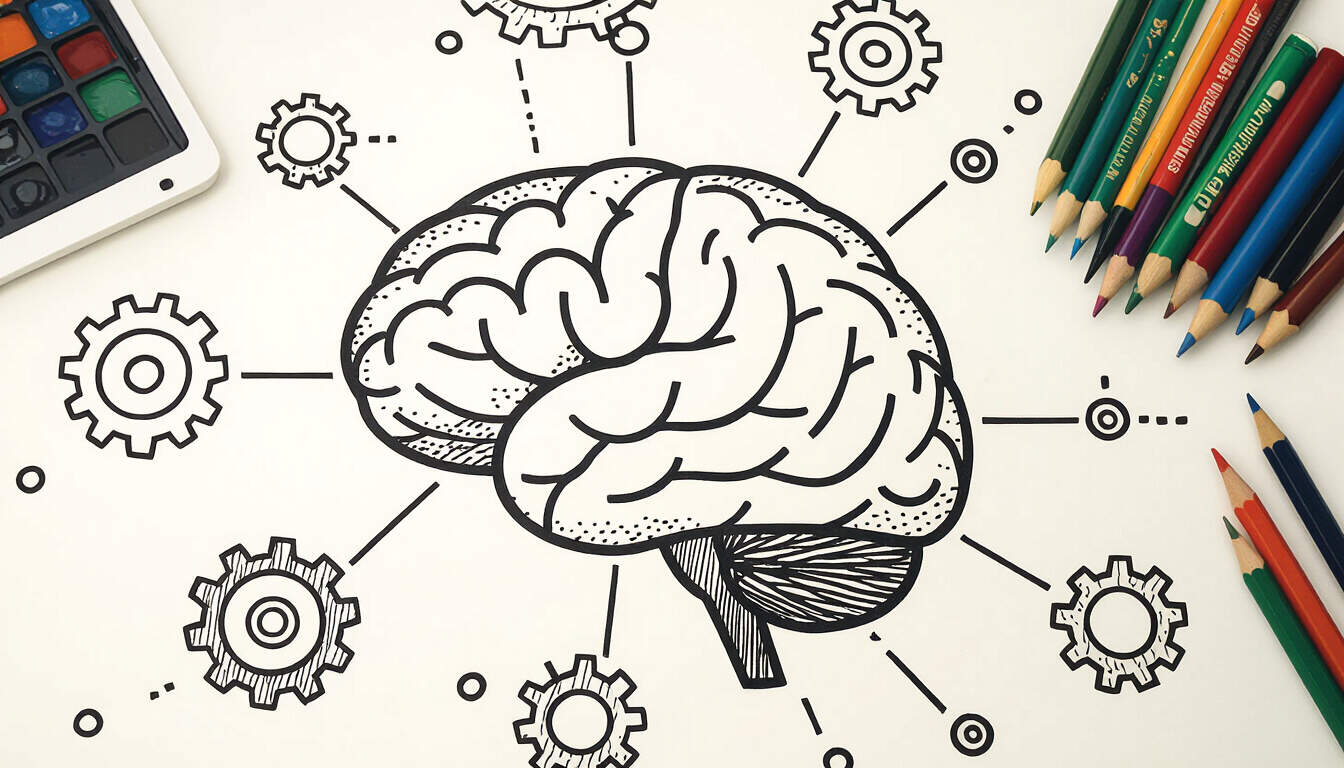Optimizing Thought Processes Through Second-Order Thinking and Feedback Loops
 by Thaddeus Blanda
by Thaddeus Blanda
Explore how second-order thinking and feedback loops can refine cognitive processes for better decision-making and personal growth. This article examines their roles in systems thinking and development, offering practical insights for professionals and students.

Thought process optimization involves refining how we analyze and respond to situations, drawing on concepts like second-order thinking and feedback loops. These elements help in building more effective cognitive strategies.
The Basics of Second-Order Thinking
Second-order thinking extends beyond immediate outcomes to consider longer-term effects. For instance, a decision might seem beneficial at first, but second-order thinking reveals potential downsides that emerge later. This approach encourages deeper reflection, leading to more sustainable choices in professional and personal contexts.
In practice, second-order thinking applies to everyday scenarios. A student might choose a major based on initial interest, yet examining further could uncover career implications. By anticipating these ripple effects, individuals can avoid pitfalls and align actions with broader goals.
Understanding Feedback Loops
Feedback loops represent cycles where actions influence future events. Positive loops amplify results, while negative ones stabilize systems. In cognitive terms, these loops shape how we learn and adapt over time.
For example, consistent practice in a skill creates a feedback loop that reinforces improvement. As progress occurs, motivation increases, leading to even better performance. Conversely, ignoring errors can perpetuate mistakes, hindering growth.
Integrating Second-Order Thinking with Feedback Loops
Combining second-order thinking with feedback loops creates a powerful framework for optimization. This integration allows for ongoing assessment and adjustment in various areas of life.
Professionals might use this in project management. A team implements a strategy, observes outcomes, and applies second-order thinking to predict secondary effects. Through feedback loops, they refine approaches, ensuring continuous enhancement.
In personal development, this means evaluating habits. Someone aiming to improve health might track exercise routines and their impacts. Over time, feedback loops reveal patterns, and second-order thinking helps foresee how changes affect overall well-being.
Applications in Cognitive Processes
Cognitive processes benefit greatly from these tools. By incorporating second-order thinking, individuals can break free from reactive patterns and foster proactive behaviors.
Students, for instance, often face academic challenges. Applying feedback loops to study methods allows for iterative improvements. If a technique yields poor results, analyzing the loop identifies adjustments, promoting better learning outcomes.
Real-World Examples
Consider a business environment where decisions impact teams. A manager introduces a new policy, expecting immediate efficiency gains. Through feedback loops, they monitor employee responses and use second-order thinking to address unintended stress, ultimately boosting morale and productivity.
In another case, personal finance offers clear illustrations. Saving money might initially feel restrictive, but second-order thinking uncovers future financial security. Feedback loops from budgeting apps provide data that reinforces positive habits, leading to long-term stability.
Benefits for Different Audiences
For professionals, optimizing thought processes means better strategic planning. Second-order thinking and feedback loops enable anticipation of market shifts, reducing risks and enhancing innovation.
Students gain tools for academic success. These concepts help in developing critical analysis skills, making education more effective and engaging.
Curious individuals find value in self-improvement. Exploring these ideas can lead to greater self-awareness, turning everyday experiences into opportunities for growth.
Practical Steps to Implement
To begin, start with simple exercises. Reflect on daily decisions using second-order thinking to explore potential consequences. Then, establish routines that incorporate feedback loops, such as journaling progress or seeking input from others.
Over time, these practices build resilience and adaptability. The key lies in consistent application, transforming abstract concepts into tangible results.
Challenges and Solutions
One challenge is the initial effort required to adopt these methods. However, by breaking them into manageable steps, anyone can overcome barriers. For example, setting aside time for reflection creates a foundation for sustained optimization.
In conclusion, thought process optimization through second-order thinking and feedback loops offers a pathway to enhanced cognitive abilities. By weaving these elements into daily life, individuals can achieve greater clarity and success in their endeavors.
